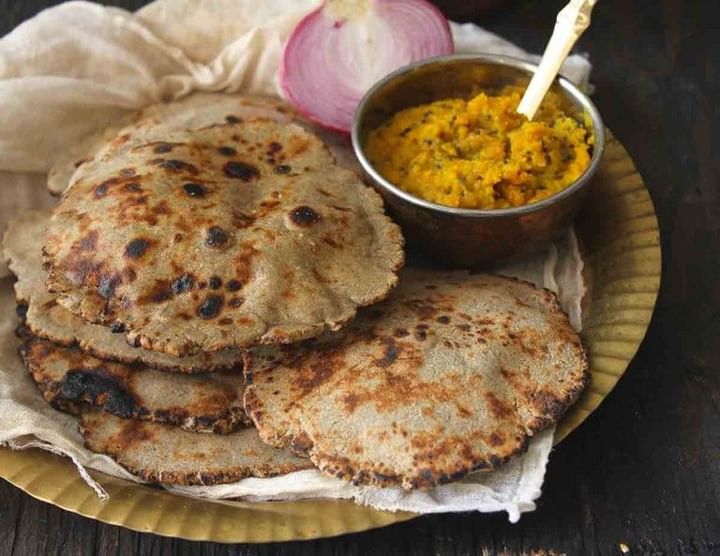Bajra - The Winter Food!!
As winter has set in full swing from the mid of this month, we end up having sips of coffee and cuddle up in our blankets/sweaters. While the caffeine can give instant high, why not eat foods that can keep you energetic and regulate your body temperature. During winters, we tend to feel hungrier and body engine works better. I remember being given bajra roti with ghee and jaggery in winters as it produces heat in the body (thermogenic effect).
Bajra also called as pearl millet is packed with nutrients and has various health benefits.
It is the perfect satisfying meal and simply delicious. The staple diet across Maharashtra, Gujarat and Rajasthan. It gives you satiating feeling faster and releases energy slowly keeping you full for longer periods.
100gm of bajra has about approx 370 calories, 4.2gm fat, 11gm of protein, 5mg of sodium, 196mg of potassium and 9gm of dietary fibre.
This millet has low glycemic index and is considered good for diabetics. Its insoluble fibre helps in the slow release of carbs into your system, thus, providing energy for a longer period of time and keep blood sugar levels under check. Bajra has high amounts of magnesium in it, due to which it helps control the glucose receptors in the body.
It is good for the heart too. Since it is rich in magnesium, it helps your cardiovascular system by lowering your blood pressure, which in turn helps reduce the chances of heart attack or stroke. Moreover, bajra also contains high amounts of potassium which makes it a good vasodilator.
Bajra is also known for controlling the cholesterol levels. This is because it contains a lot of fibre, which goes a long way in lowering the bad cholesterol in your bloodstream.
This millet is filled with a ton of fibre. It helps to get regular and better bowel movements as it bulks up the stool and stimulates peristalsis, which moves it to the colon. It also avoids any digestive issues.
Another great benefit of eating bajra is that it detoxifies your body. It is filled with antioxidants which help in getting rid of free radicals from your body. It also contains catechins like quercetin that help keep the kidney and liver functioning properly by excreting the toxins from the body.
Bajra is rich in vitamin b components. Rich in vitamin b (niacin, riboflavin, thiamine, pantothenic acid, pyridoxine, folate) that is b1, b2, b3, b5, b6, b9, it also has minerals such as iron, potassium, magnesium, manganese, copper, zinc and selenium making it a well-enriched meal by itself. This means that it helps to break down the carbohydrates and fat in your body.
It does not contain any vitamin a, c, d, or b12 in it. It is gluten-free. So good for people with celiac disease
Bajra is good for muscles too. One of the best ways that bajra impacts your muscular system is that it allows your muscles to become leaner and stronger over time. Bajra is not only good for health but also for the skin. It contains zinc which repairs skin and slows down the ageing process.
Bajra can be used in various forms to enjoy this winter. You can try making bajra roti (flat bread), bajra khakhra or bajra carrot-onion uttapam, bajra khichdi or bajra fritters.
When ground into powder form, mixed with water and boiled makes a perfect porridge. A sustainable meal for the children and elder who are unable to eat.
Roughly grounded bajra cooked with yoghurt and water for hours on a slow flame tempered with asafoetida (hing) and fennel is a rajasthani delicacy called the “ghaat”. A staple diet to sustain the cold in the desert regions
Powdered bajra mixed with rice paste fermented with sour curds can be used to make uttapams or even steamed as idlis, a healthy south indian variety.
If you have known the importance of whole grains, then you should make a conscious effort to include bajra in your diet.
So, forget that fancy quinoa and get to basics, add this millet in your diet plan and reap its benefits.



+1.svg)
